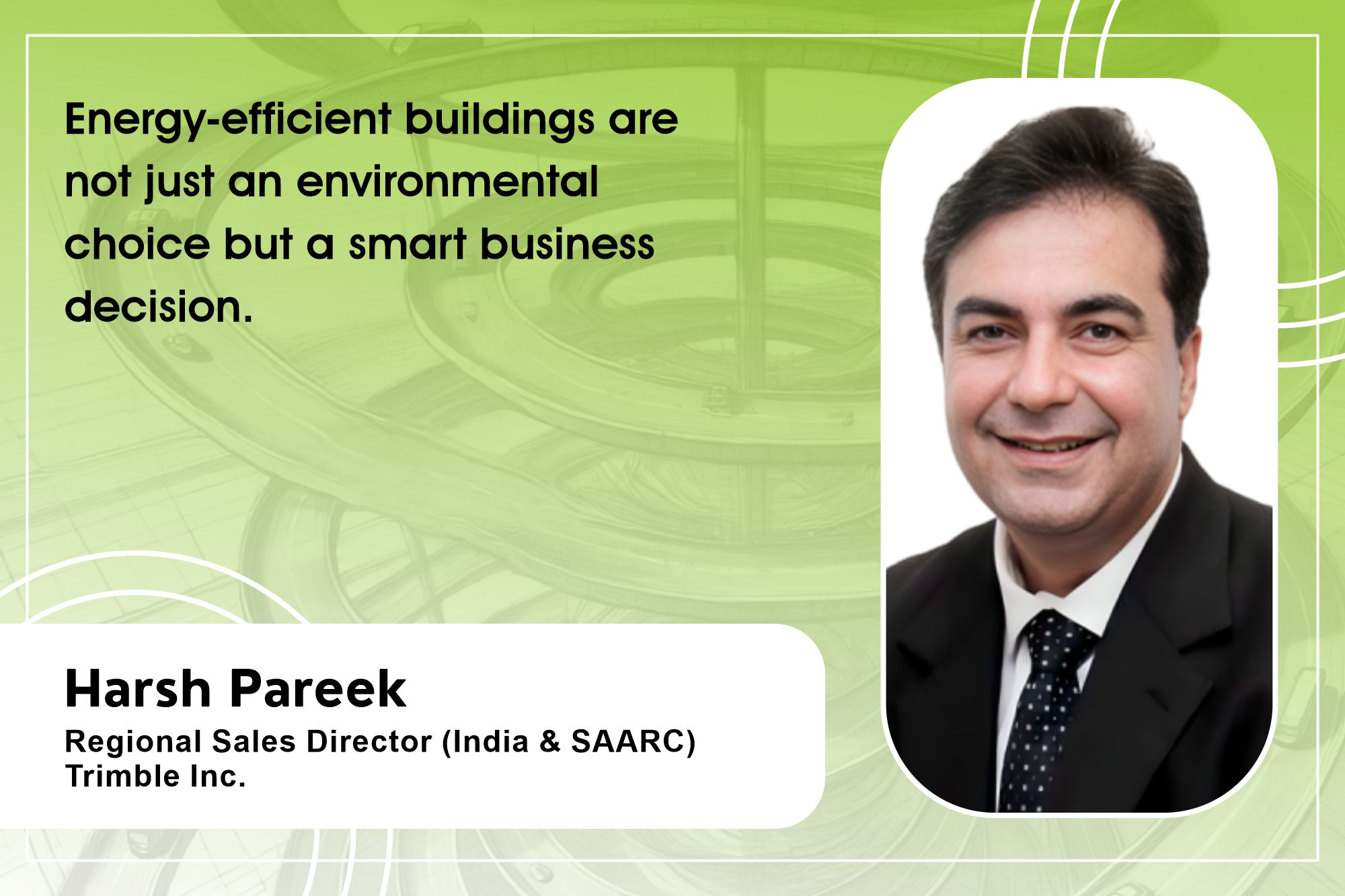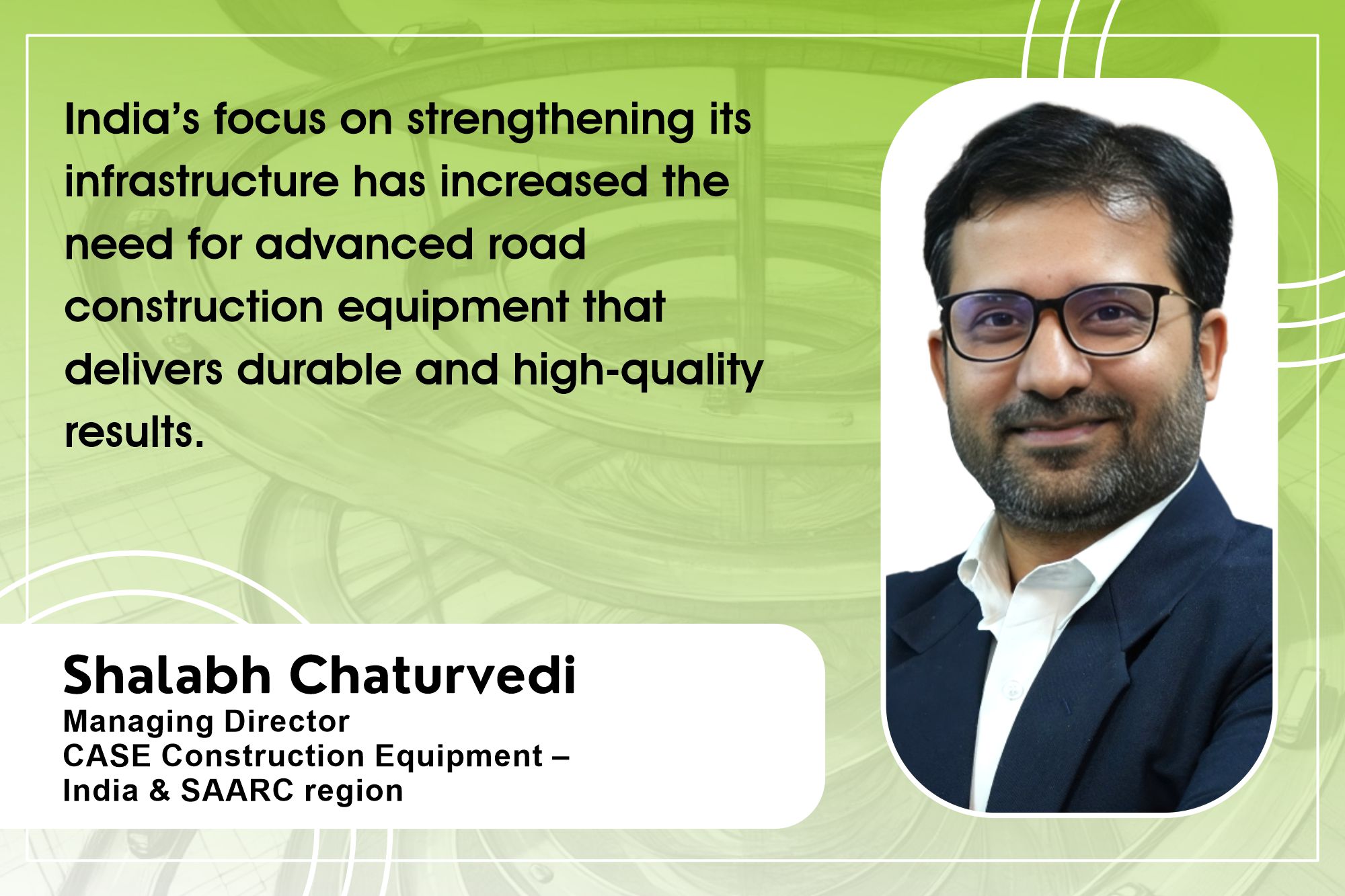Will PPP spur CE industry growth?
By Edit Team | May 8, 2015 4:55 am SHARE

The union budget stressed on the need to revitalise the PPP mode of infrastructure development. Here, experts discuss on the expected opportunities for construction equipment industry
Despite improvements in physical infrastructure development in the country during the recent years, significant gap exists between demand and supply of critical infrastructure facilities. It has become a binding constraint on the rapid pace of economic progress. In an aim to mitigate this critical infrastructure gap, the government plans to revitalise its PPP or Public-Public Partnerships route of infrastructure development.
An overview of PPP model
Globally PPP has been extensively used for years to improve public services or the management of public sector assets through private participation. In India too PPP has been encouraged to fill the infrastructure gap. It was conceptualised as a powerful tool to develop the Indian infrastructure to a world-class and to remove the infrastructure deficiency in the country. Modernisation and restructuring of Mumbai, Delhi and Kolkata airports are some of the major successful examples of projects execution through PPP route. Development of Bangalore (now Bengaluru) and Hyderabad airports have only strengthened the PPP’s success claim.
Adding more facts in this direction, Pankaj Udeshi, Asst. General Manager, Procurement, Supreme Infrastructure India Ltd. said, “While the government remains a major sponsor of the PPP project, the private partner or partners hold more than 51 per cent of the equity. Typically, a private sector consortium forms a special company called a special purpose vehicle (SPV) to build and maintain the asset. The consortium is usually set up with a contractor, a maintenance company
___________________________________________
With several debates on migration to an expansive EPC model, the stakeholders have broadly settled in for the PPP model only to re-ignite the infrastructure growth.
Abhijit Gupta,
MD,
CASE India
and a lender. It is the SPV that signs the contract with the government and with subcontractors to build the facility and then maintain it. The private party provides a public service or project and assumes substantial financial, technical and operational risk in the project. The infrastructure available in India is very different from the infrastructure existing in our competitor countries as far as the population size, geographical location and economy is concerned. Currently, in India 46 PPP projects are under various stages of implementation in 33 cities at a total approved cost of ` 25,902.84 crore for infrastructure development in urban areas.”
Fall of PPP
However, post 2008 economic slowdown, the PPP model could not make a successful come back. The global recession curtailed spending on large scale projects from all the fronts drastically. Availability of finance became a major concern. Experts say even the PPP participants were not geared up to counter sudden economic downturn. Commenting on this aspect Abhijit Gupta, Managing Director at CASE India said, “PPP model was aggressively pursued by a lot of private players at the beginning of last decade and it resulted in a rapid development of infrastructure pan India. However with the economic downturn in 2007-08, the time and cost overruns became extremely difficult to be handled by the private players. Delays in land and environmental clearances, high interest rates, limited avenues for long-term loans for large scale infrastructure projects compounded the situation further.”
Preparing a comeback
As funding of critical infrastructure projects remains a concern and private investment in this sector is still weak, there is an immediate need to encourage public investment. Commenting on this aspect Arun Banavali, Supply-Chain Specialist and Management Consultant said, “The new government has already created a roadmap for PPP projects by developing friendly relations with large countries like Japan, USA and Australia among others. Most of the finance will go towards large value infrastructure projects. The large projects belong the power sector, the transport sector, real estate sector and water projects. These large sized projects need to be completed within stipulated period of time which needs speedier construction with the asking rate being very high. Also, there is a requirement for high end and sophisticated technology.”
Speaking of the government’s new initiatives, Mr Gupta says, “With several debates on migration to an expansive EPC model, the stakeholders have broadly settled in for the PPP model only to re-ignite the infrastructure growth. To facilitate this, the government of India has taken set up a new institute called 3P India, with a corpus of ` 500 crore, aimed at a robust contract making with reduced rigidity and a grievance redressal mechanism. 3P India will lead the way in re-formatting PPP projects, including the existing Model Concession Agreements (MCAs), negotiations and re-negotiations.”
Other than this, funding for long gestation infrastructure projects is being facilitated through the InvITs and REITs. With the India Infrastructure Project Development Fund (IIPDF), the developers will be able to raise loans with a repayment schedule as high as 25 years from the currently available 8-10 years offered by the infrastructure finance companies. The government has simplified municipal bond norms, to help them raise funds for urban infrastructure development. Further
________________________________________
The new government has already created a roadmap for PPP projects by developing friendly relations with large countries like Japan, USA and Australia among others.
Arun Banavali, Management Consultant and Ex Vice President – Sourcing & Supply Chain, HCC
________________________________________________
The government’s support in terms of finance, land acquisition, easy license procedure etc. will lead to growth of infrastructure.
Pankaj Udeshi,
Asst. General Manager,
Procurement, Supreme Infrastructure India Ltd
____________________________________________
the current government’s plan to create a Bankruptcy Code, re-booting of PPP model, public contracts (resolution of disputes) bill are steps in the right direction. “Removal of hurdles in project clearances and implementation of growth oriented intentions shown by the central government, should definitely translate into tangible demand for construction equipment in FY2015-16 and beyond,” Mr Gupta adds.
Ratan Lal Kashyap, Vice President – Procurement at G R Infraprojects believes, “The government should be proactive in getting land acquisitions, environmental clearance, forest clearance, utility shifting so that concessionaires can progress and achieve mile stones in construction. Infrastructure Industry is facing severe cash crunch and most of the concessionaires blame the bad economic scenario. We are quite hopeful that government will have good fund allocations for future infrastructure projects. The lending rates from the bankers should be workable as the industry is suffering due to huge debts and high interest rates making business unviable. The road asset sales should be simplified where lenders and concessionaries can exit and have liquidity for business opportunities”
“The government’s support in terms of finance, land acquisition, easy license procedure etc. will lead to growth of infrastructure,” Mr Udeshi observed.
Revitalising PPP and opportunities for CE industry
The infrastructure sector in India is expecting extreme focus from the government for initiating policies that would ensure time-bound creation of world-class infrastructure in the country. For this purpose, the country needs around ` 26 lakh crore infrastructure finance till 2020. However, in the face of acute fiscal and other constraints, there is probably no way other than turning towards the private sector as a means of financing infrastructure development. At this juncture, PPP model in the current format is simply not the answer. Expert like Mr Kashyap opines, “Balance in the model concession agreements safeguards and mitigates the risk of investors. Proper policies should be framed for investors and concessionaries. The cost of the project should be calculated by the state bodies where ROI makes sense for investors.”
Therefore, there is need to revitalise PPP to provide a level playing field for all stakeholders. Presenting the Union Budget 2015-16, Finance Minister Arun Jaitley said, “It is no secret that the major slippage in the last decade has been on the infrastructure front. Our infrastructure does not match our growth ambitions. There is a pressing need to increase public investment.” He also stressed on the need to revitalise and realign the PPP mode of infrastructure development. The government has also set aside ` 1,000 crore for this purpose, he announced.
Revitalising and increasing focus on PPP model will enhance fund flow in the infrastructure development spectrum. And execution of large-scale infrastructure projects such as airports, railways, metro rails, highways and bridges, ports, power plants, dams and water reservoir, and telecommunications offer tremendous opportunities for construction equipment makers. Thus, such steps by the government will help construction equipment manufacturers as it will increase the sale of mining equipment, hydraulic excavator, wheel loaders, backhoe loader, bull dozers, dumpers, tippers, graders, surface miners, cranes, etc.
Construction equipment used for such mega projects could be tower crane, crawler crane, gantry crane, EOT crane etc. for lift and shift in construction projects. Similarly there are concrete equipment like large size batching plants, boom placers, concrete pumps, transit mixers, conveyors and pipeline to transport concrete of mass quantities, in record time. Today such specialised concrete pumps can be used to move concrete to 60th floor of the building or to move it horizontally to 1.6 kms at a stretch is available to meet the construction needs with great speed. These are made possible with the help of high technology concrete pumps, by the means of concrete chemicals technology, to meet required concrete mixed designs along with the use of specially designed pipelines. There are other types of construction equipment like pipe layers, concrete pavers, canal pavers, hotmix plants, bitumin pavers, which are a must for meeting the international quality standards of concrete roads, bitumin roads and water canals. n
_________________________________________________________
Proper policies should be framed for investors and concessionaries. The cost of the project should be calculated by the state bodies where ROI makes sense for investors.
Ratan Lal Kashyap,
V P – Procurement,
G R Infraprojects
Cookie Consent
We use cookies to personalize your experience. By continuing to visit this website you agree to our Terms & Conditions, Privacy Policy and Cookie Policy.




































-20240213125207.png)

























